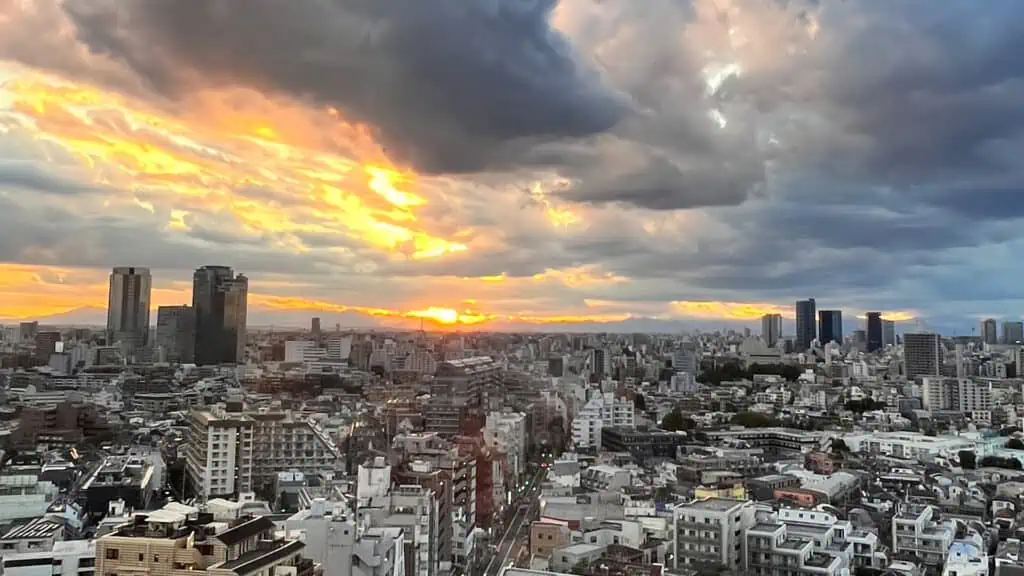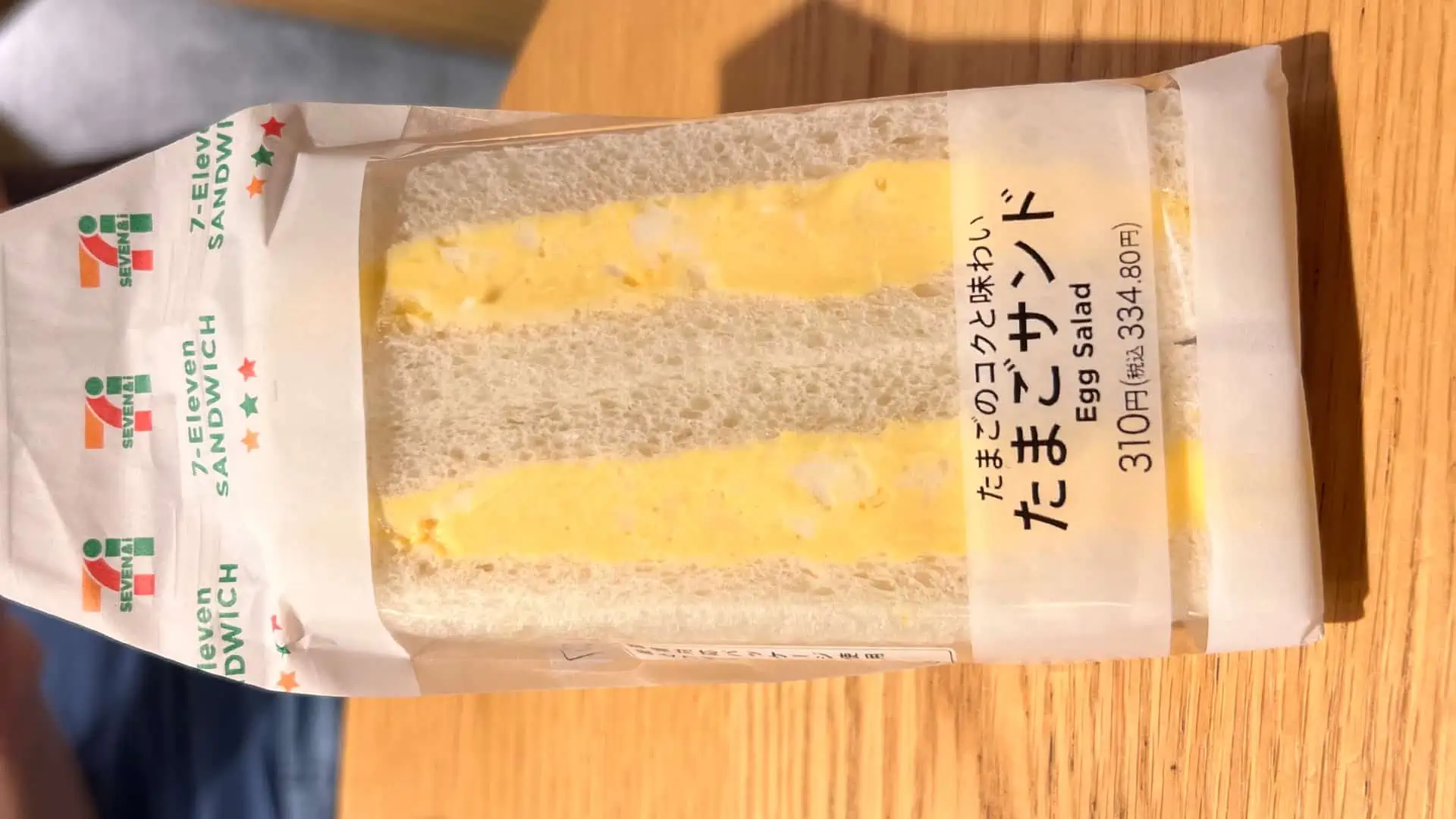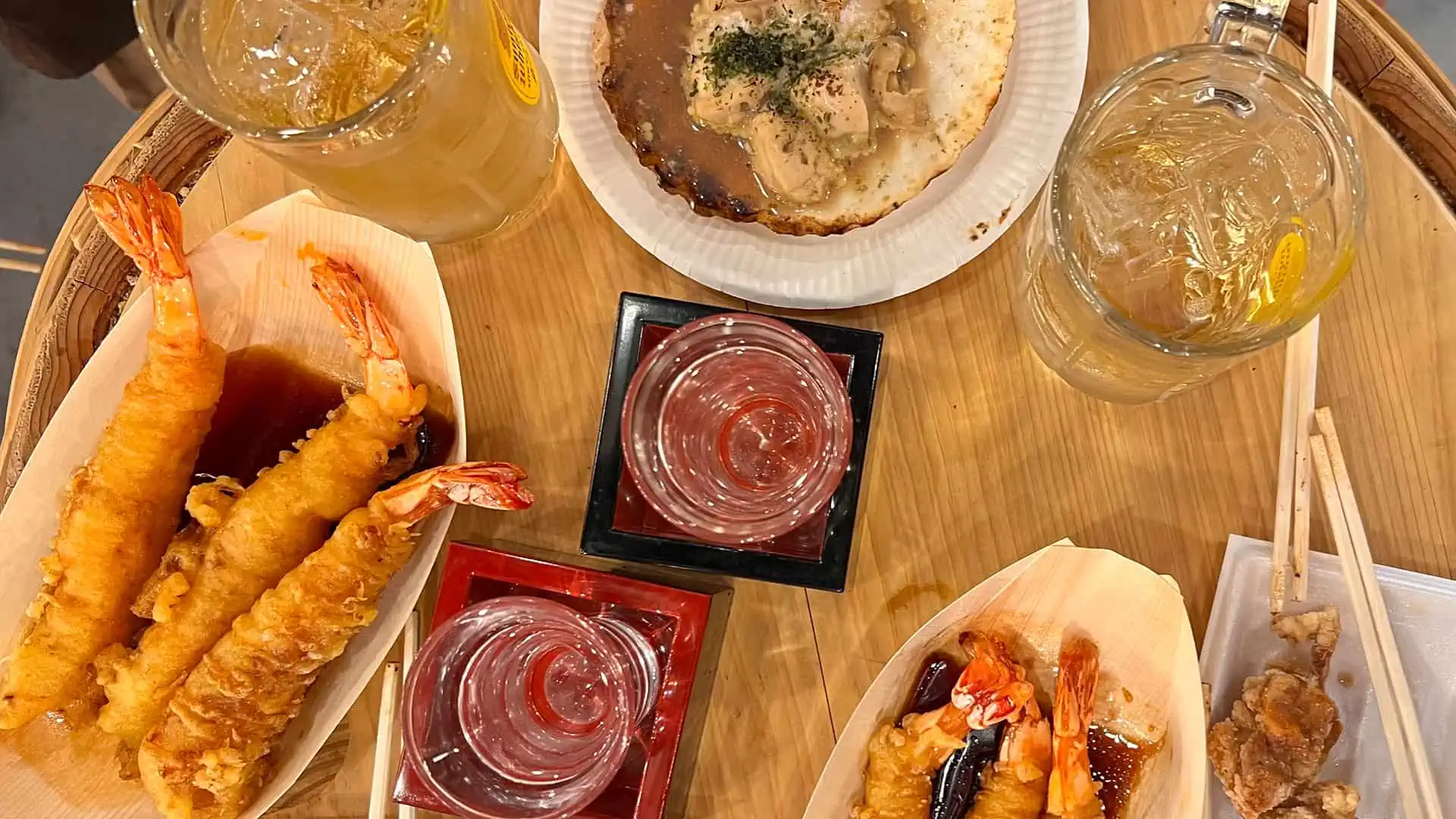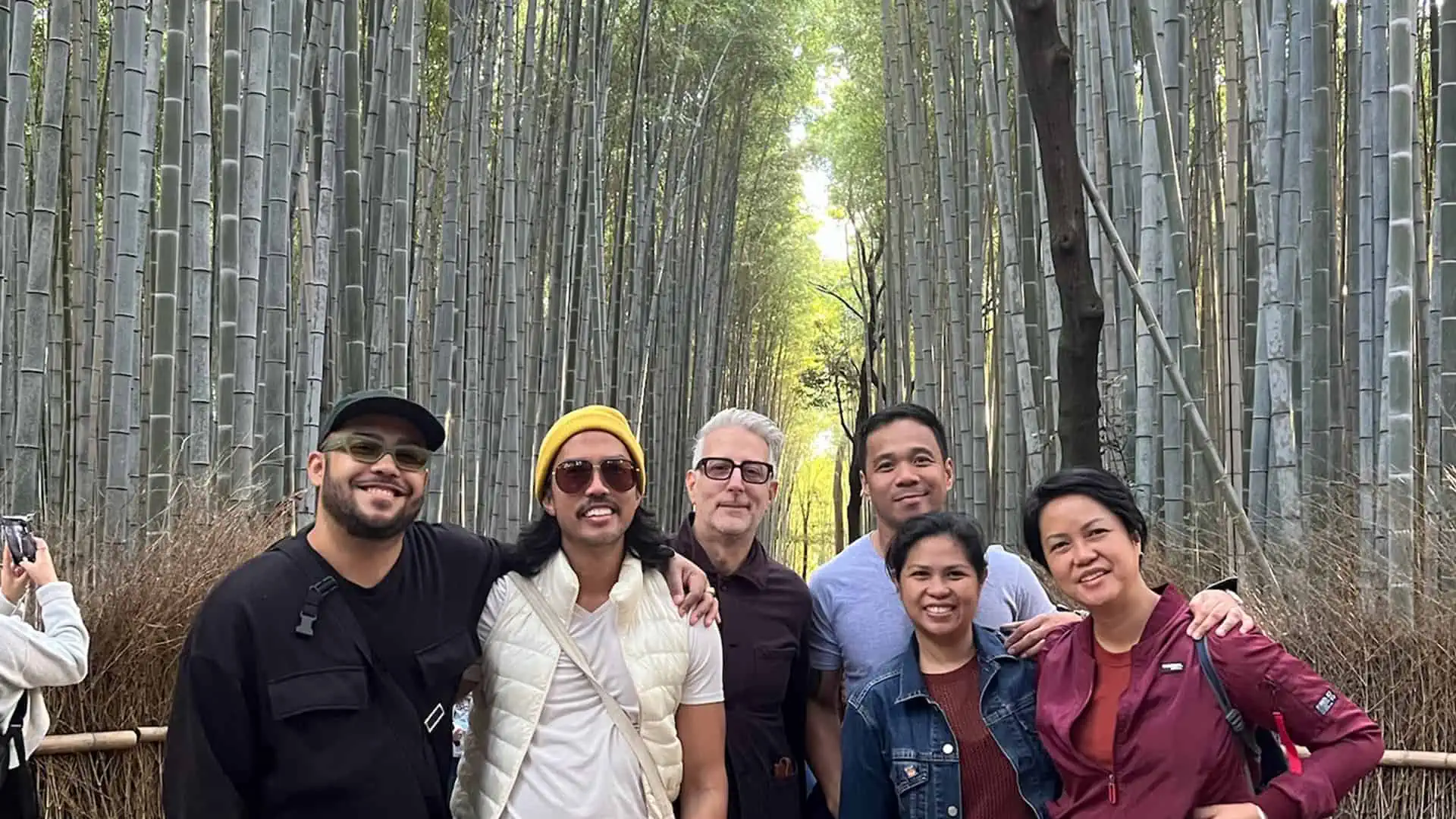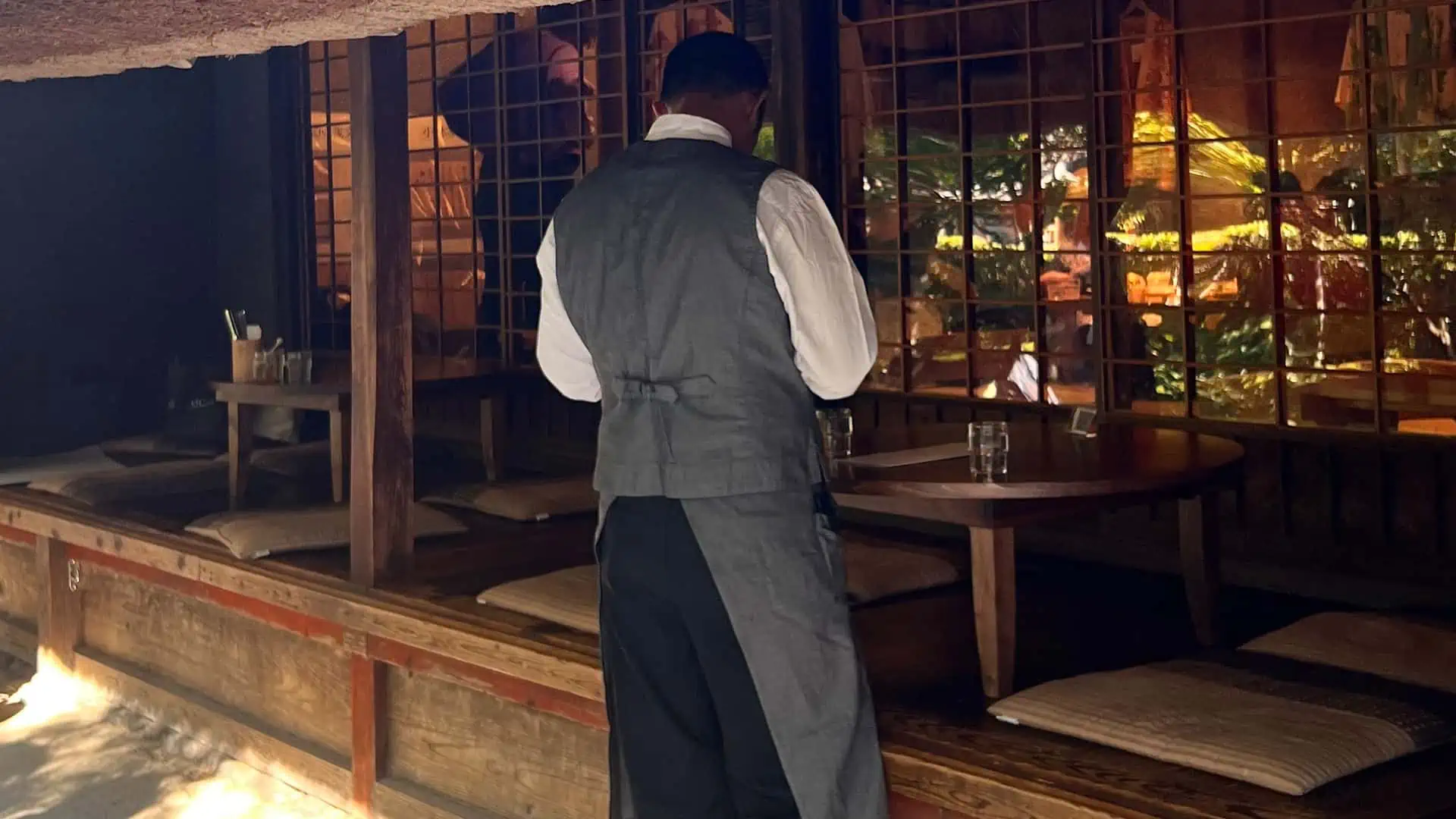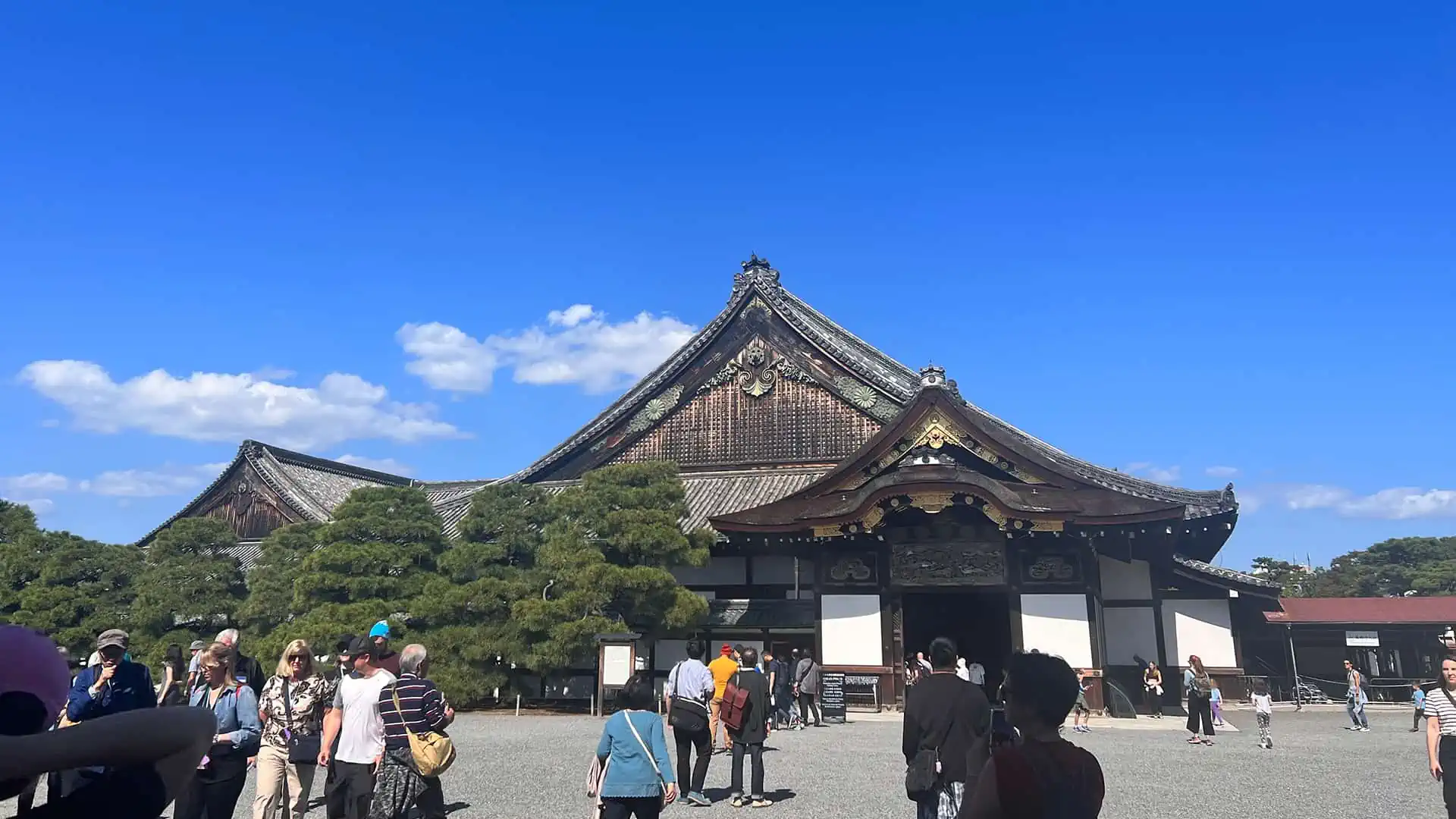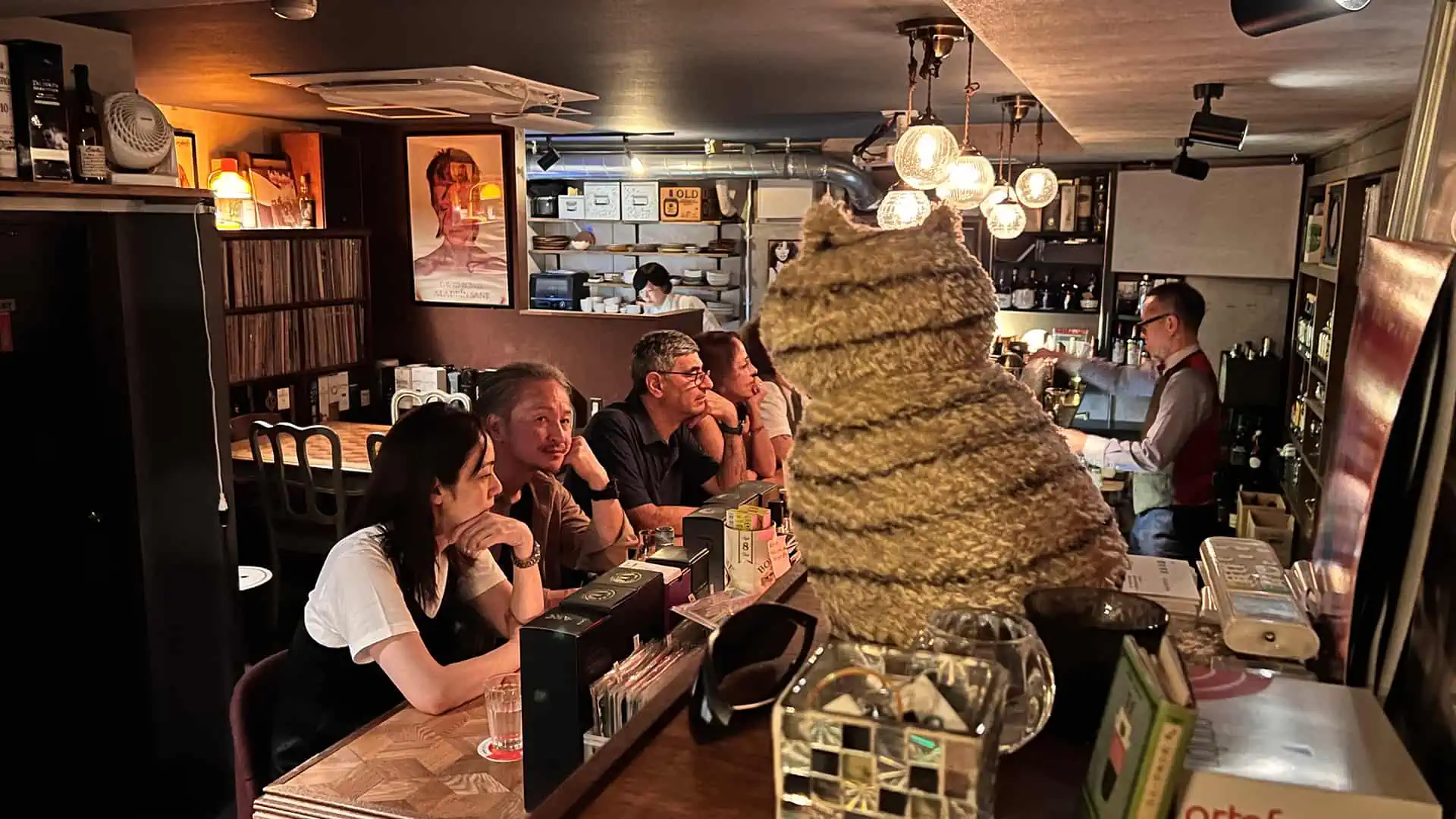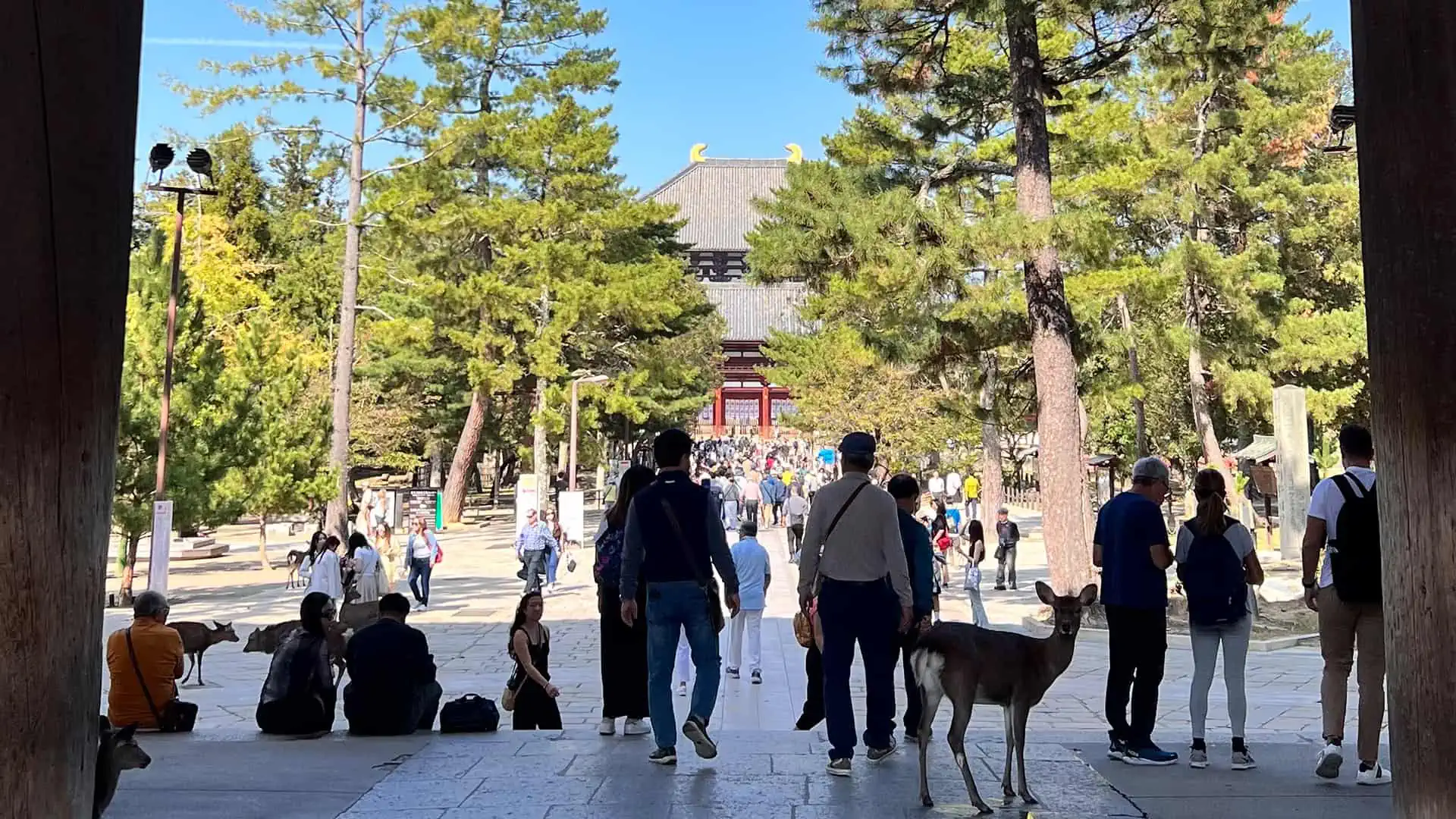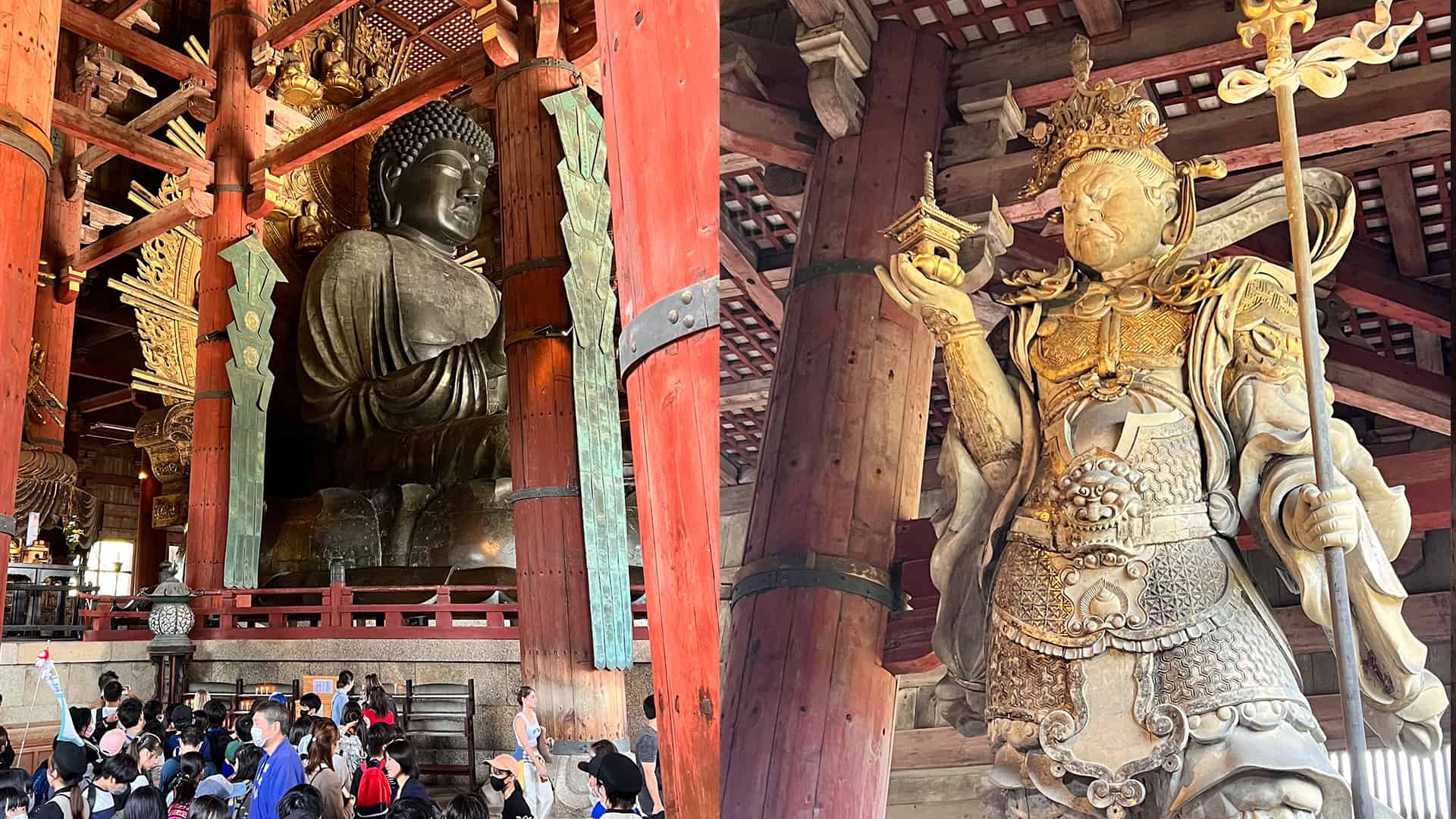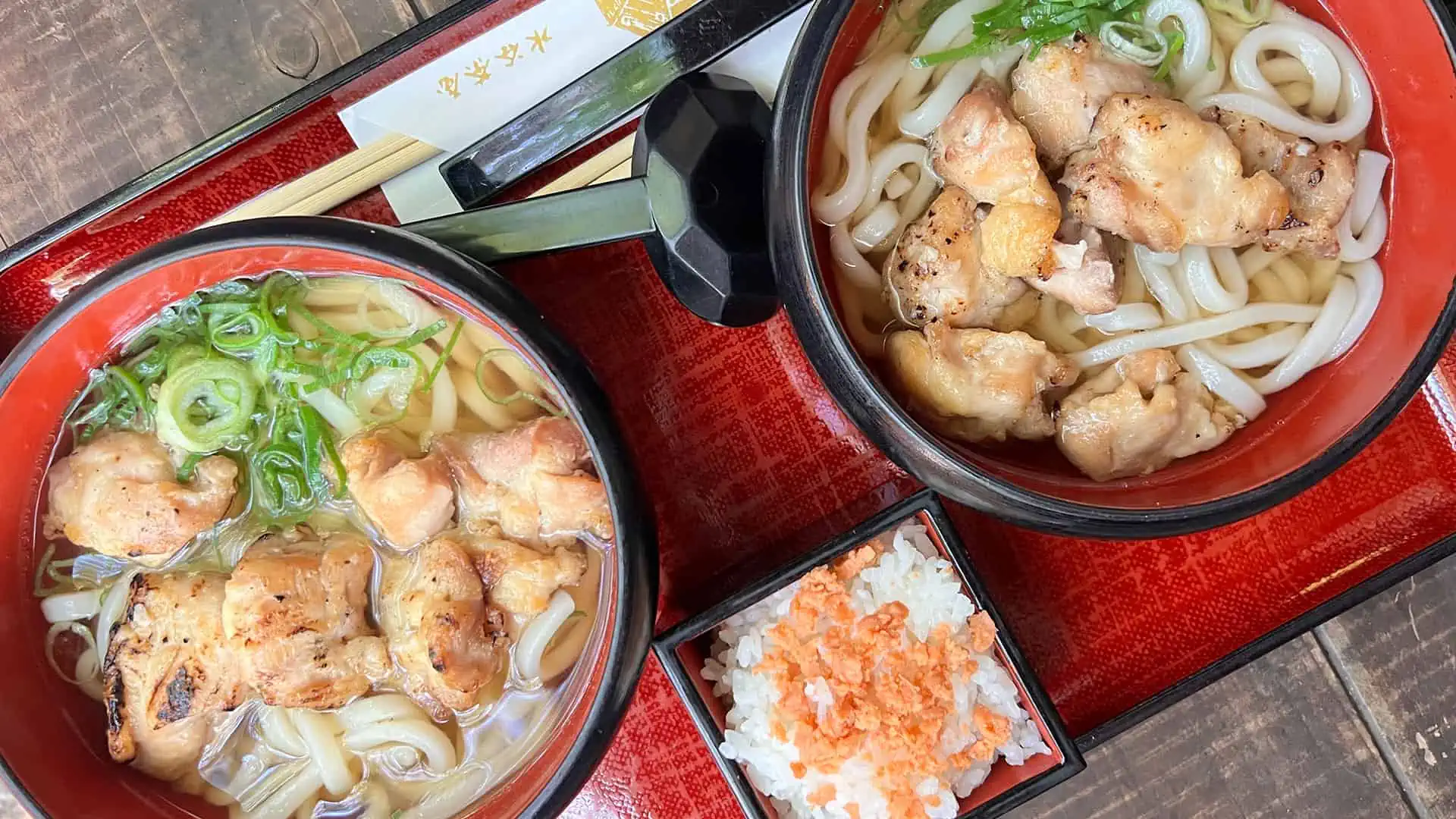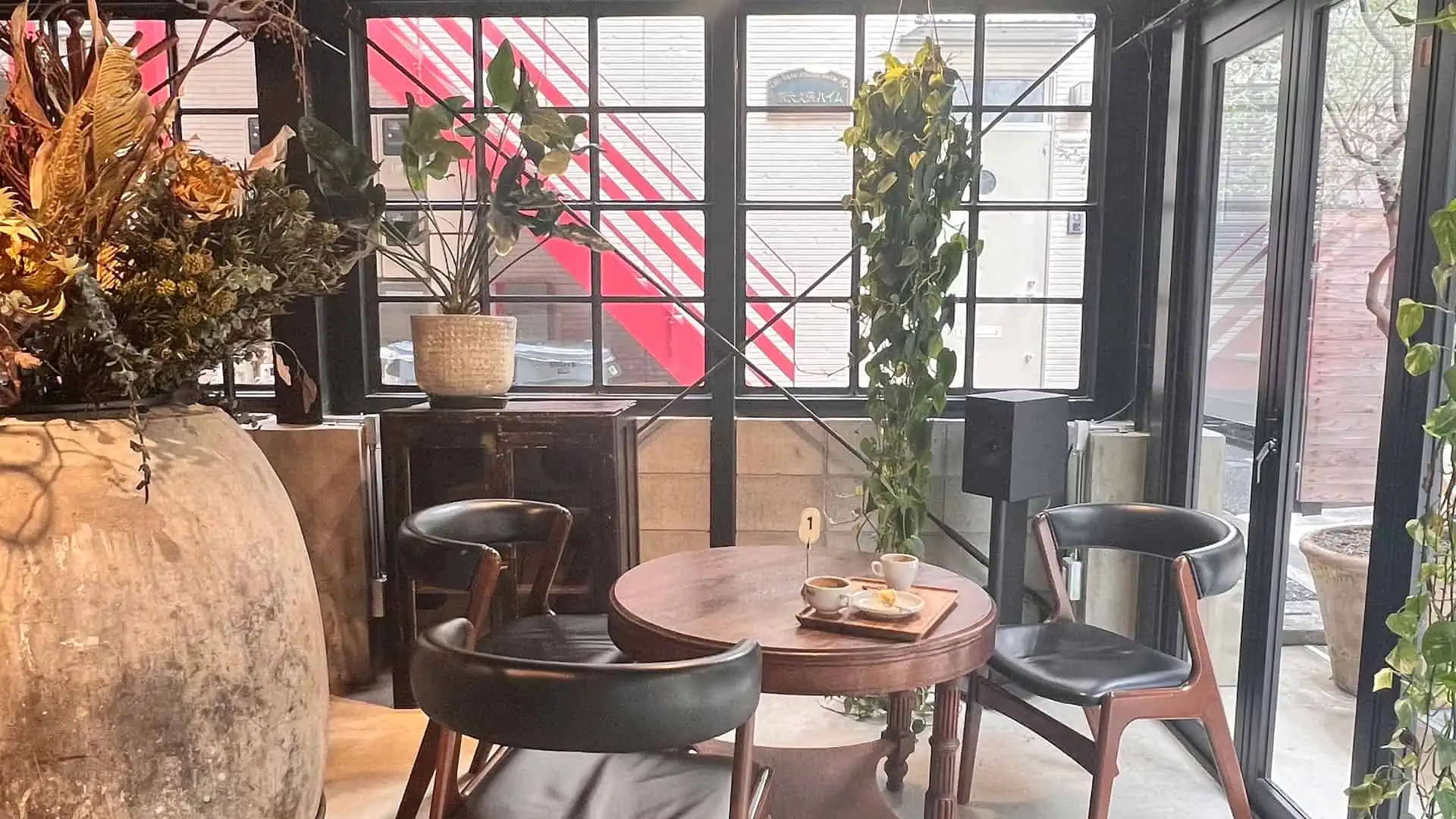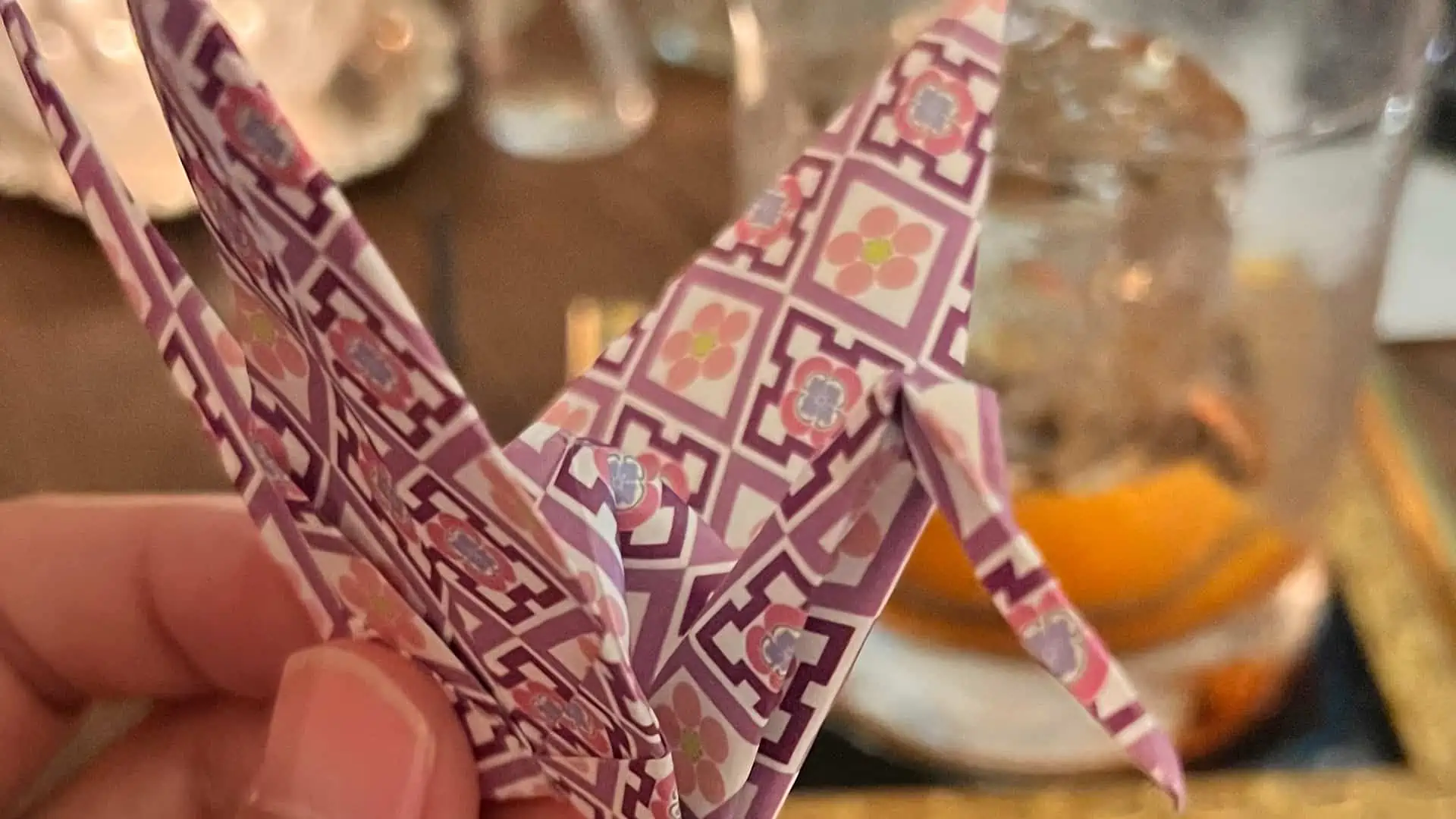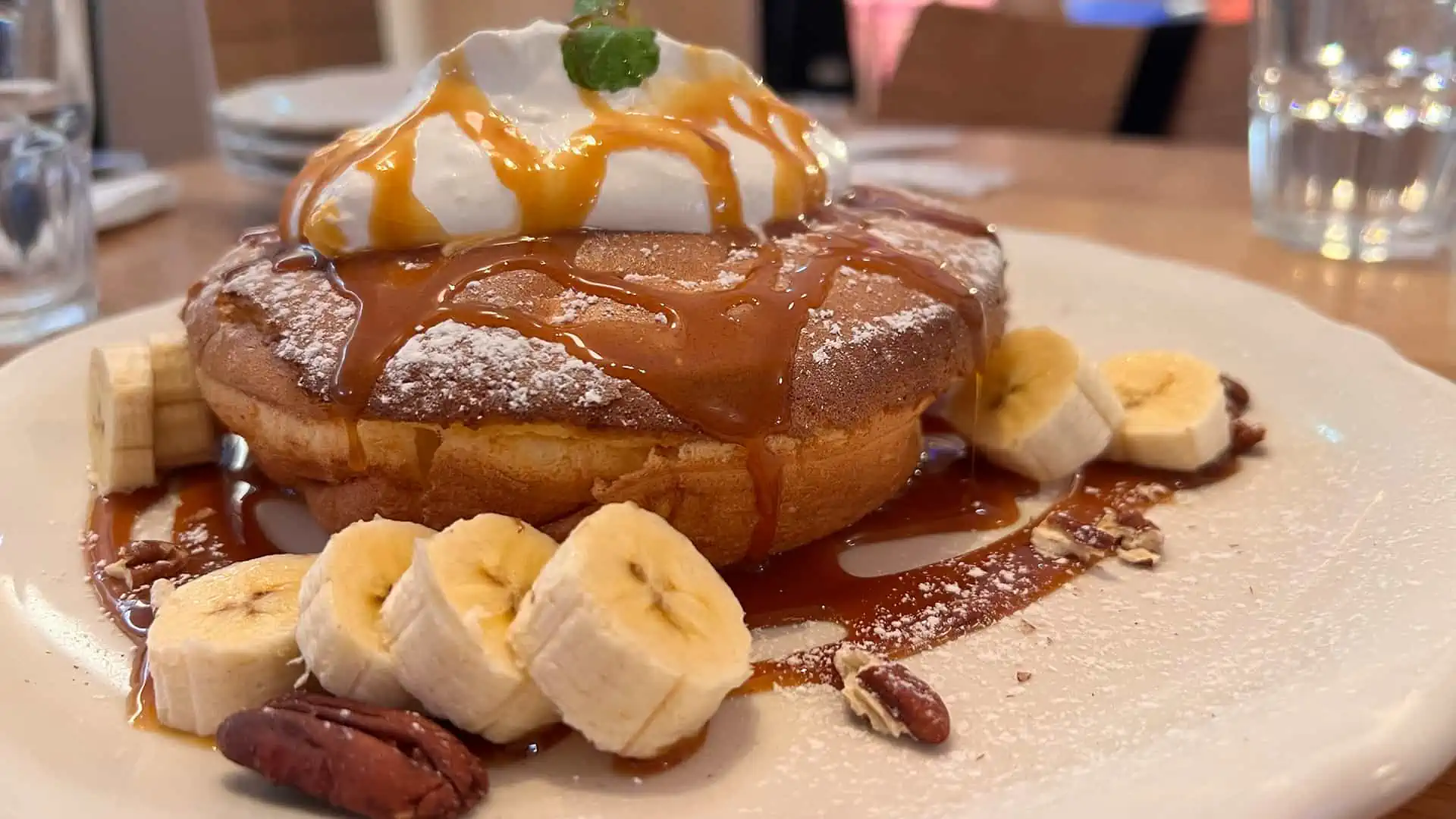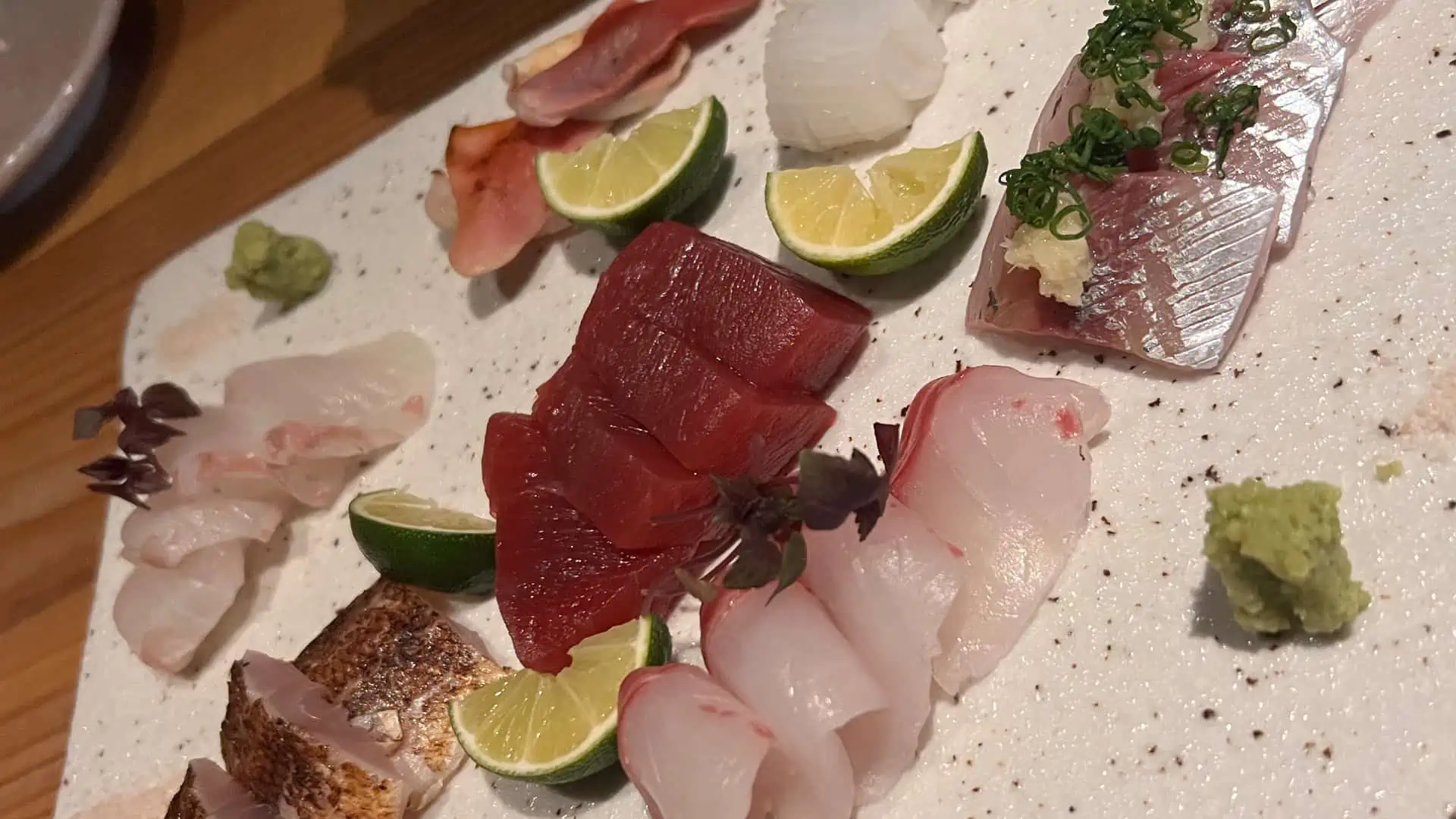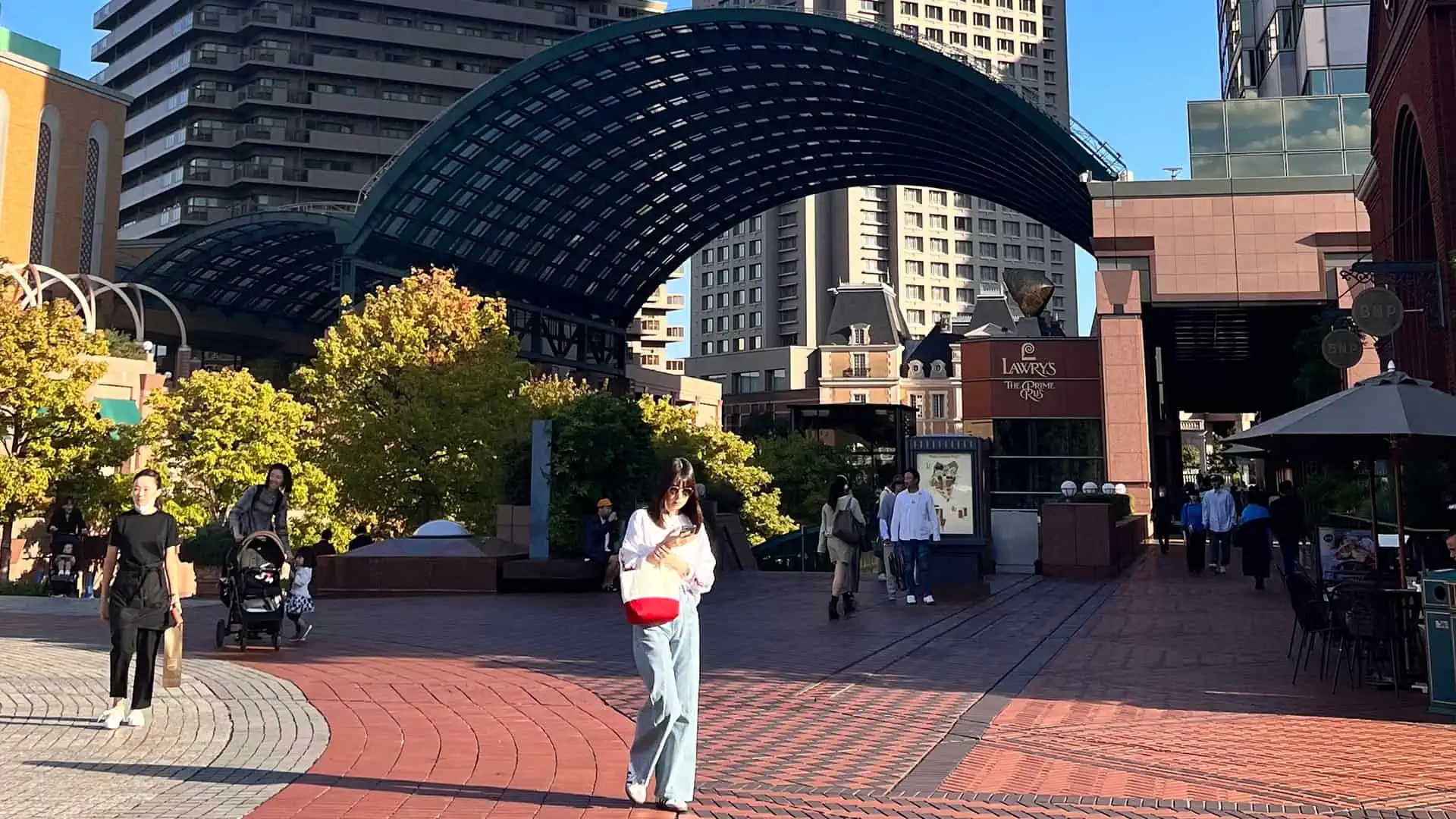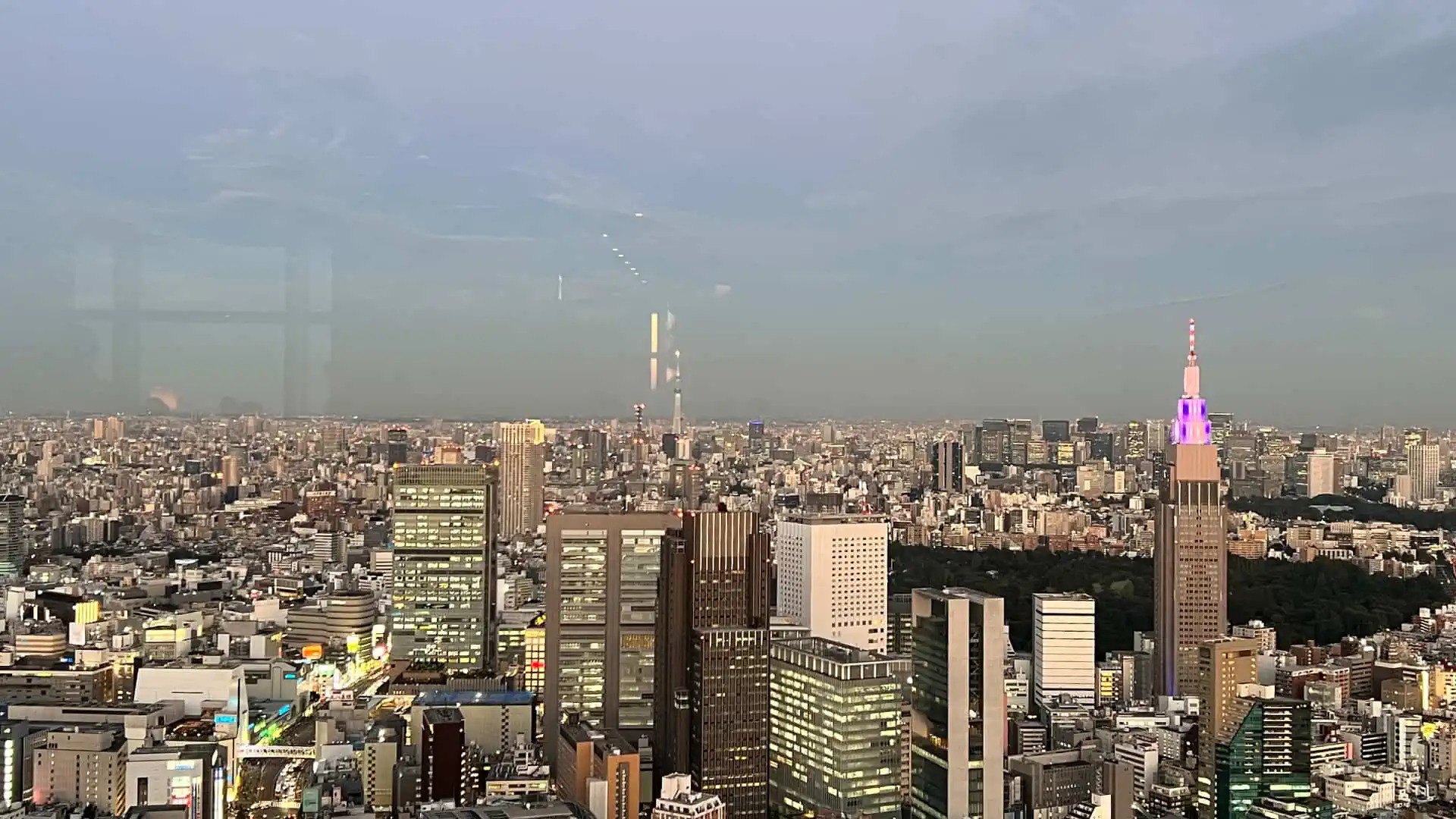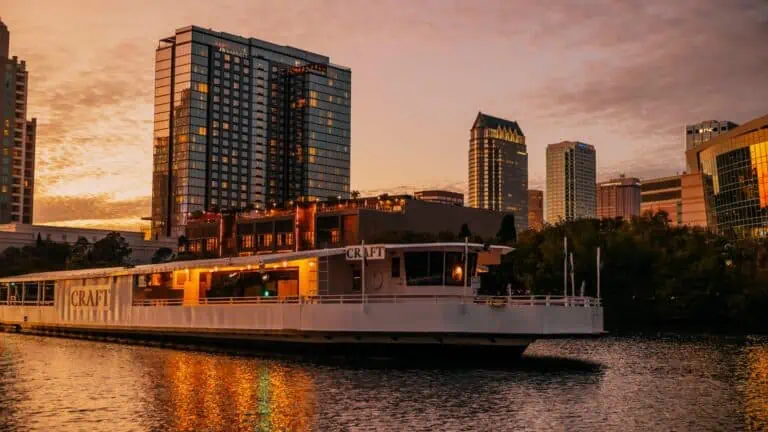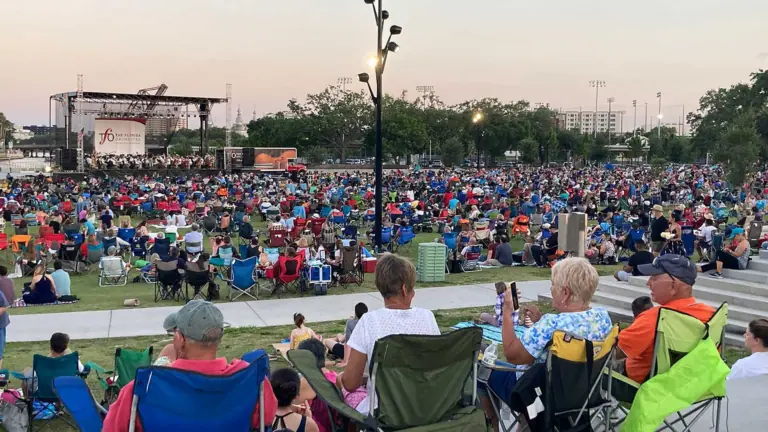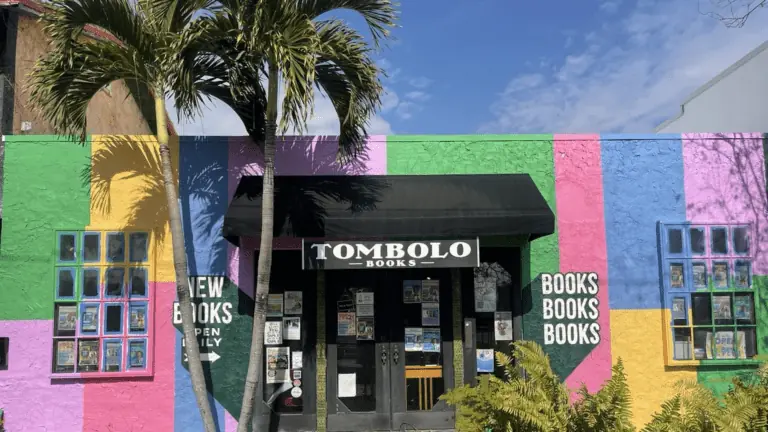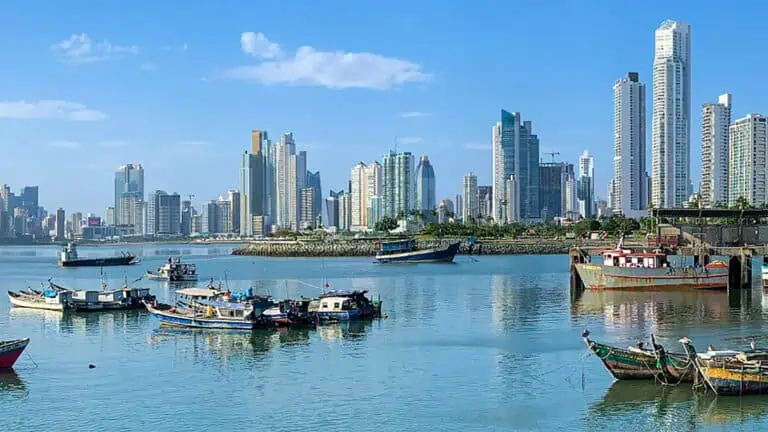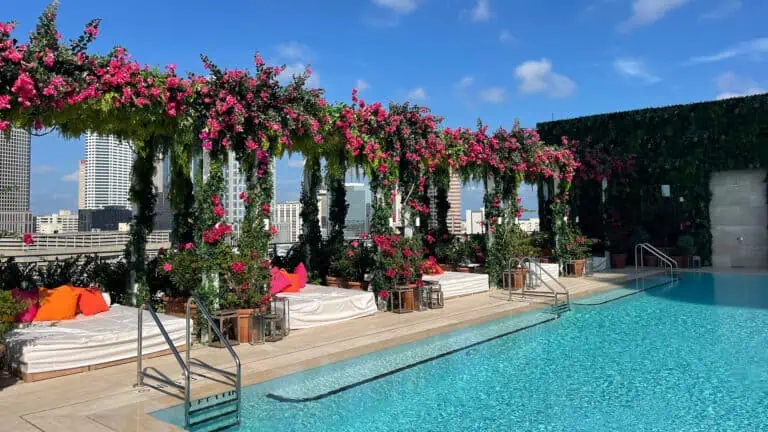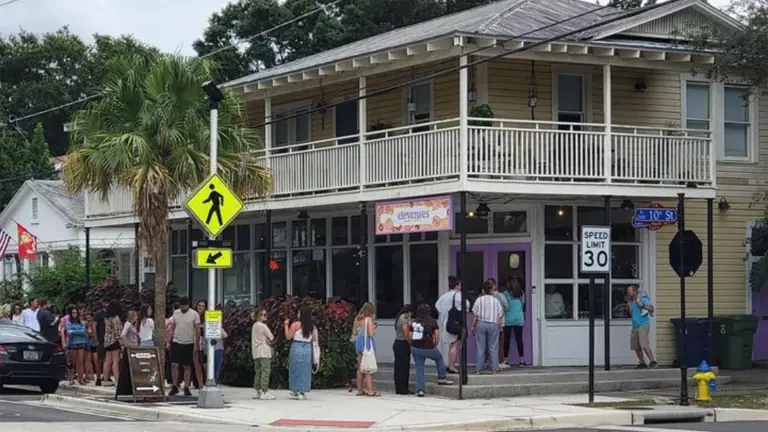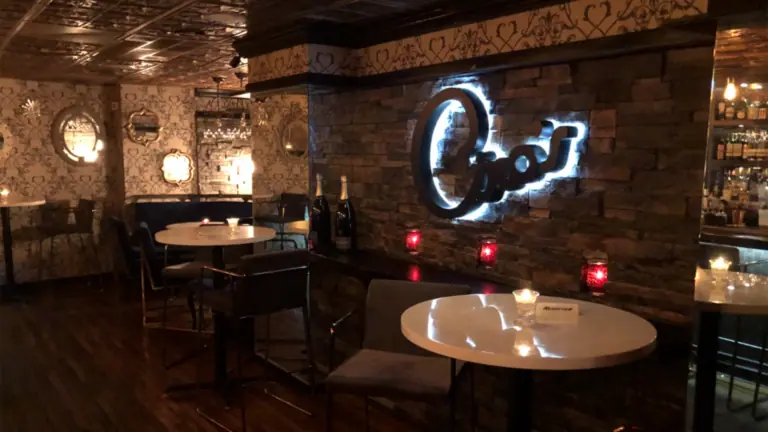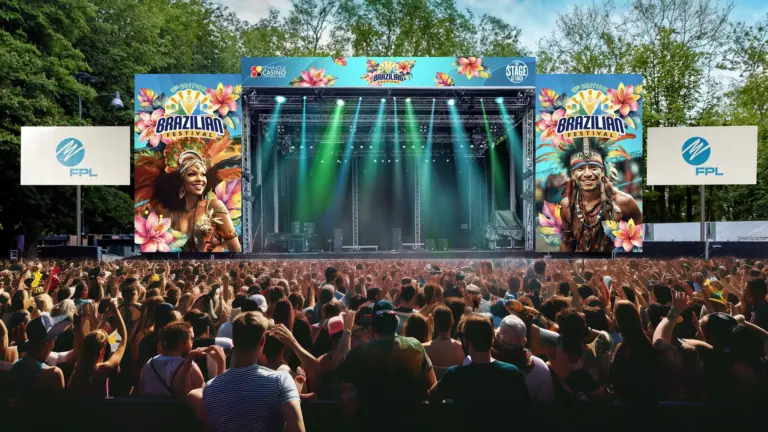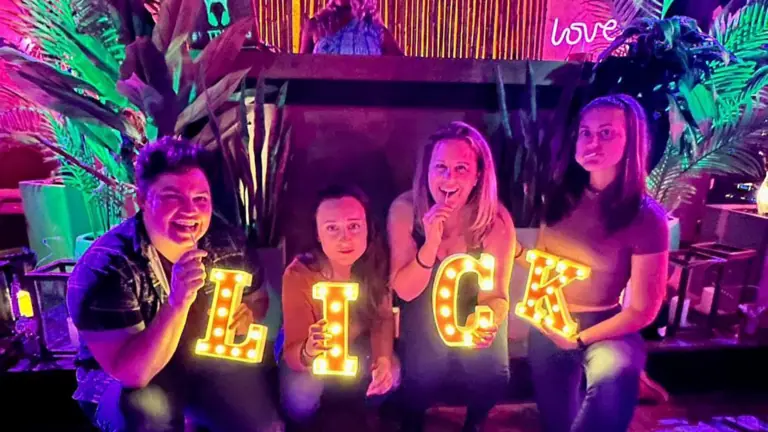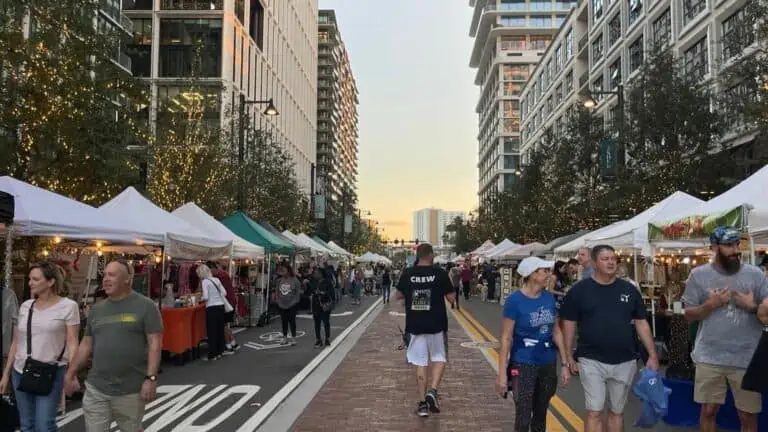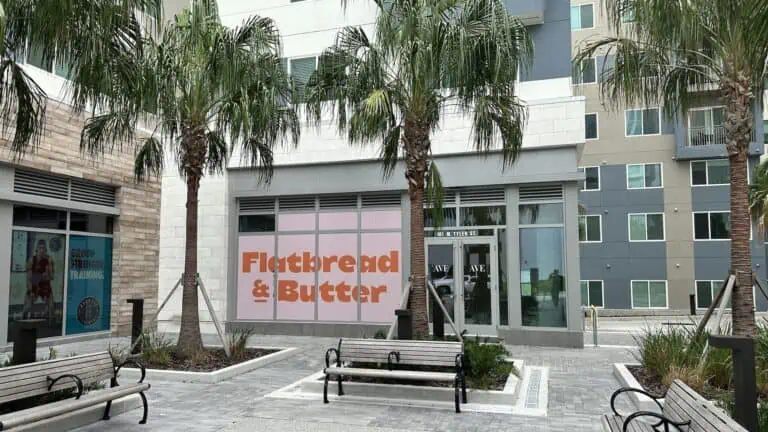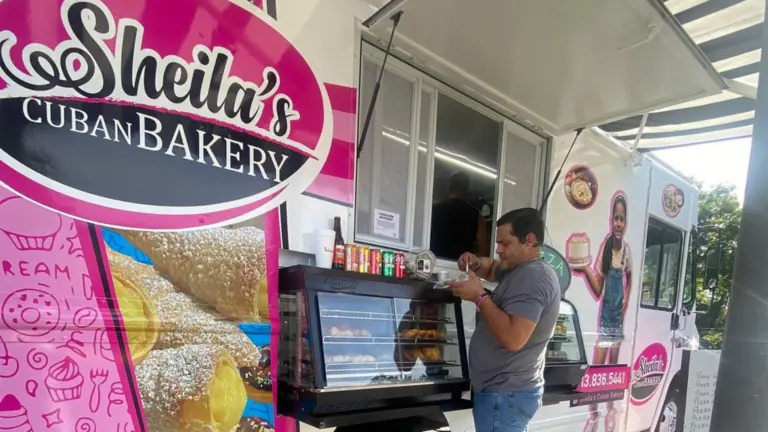When traveling to any country in Asia, it is quite common for us living on this side of the world to make our entry via Japan without giving much thought to it. Personally speaking, I’ve booked many a trip to the Philippines that always had its layover in Japan when traveling to the east. In these trips, I had my fill of ramen, donburi and tempura that were mere samplings of what this country’s cuisine was all about from the planes and Narita airport. This had gone on for quite a while and fed my curiosity about Japan; so much so, that it led me to invite my siblings on a ten-day holiday that I must say, is one for the books.
I would summarize our trip as divided in four parts: 1) Kyoto, 2) Nara, 3) Osaka and 4) Tokyo. We had decided on these destinations due to the amount of time that we had, their proximity to one another and the ease with which we could go and travel to the other areas. But before we go into them, here are some practical tips for those seeking to make the same journey.
ADVERTISEMENT
PRO-TIPS:
Train Passes and Tickets
Before you get to Japan, it is advisable to get a Japan Rail (JR) Pass well ahead of your intended travel dates. (Note: the JR Pass is the nationwide rail pass for long-distance train travel in Japan that is only available to foreign tourists and offers unlimited travel on its trains for one, two or three weeks. If you want to budget your travel fund, you can buy this online after which you will need your email confirmation and present it to a JR Pass ticket counter at the train station in exchange for the physical pass.
Apart from the JR Pass, buy a Welcome Suica or Pasmo Passport pass AT THE AIRPORT as this will cover the train lines and buses WITHIN the cities you wish to travel in. These rechargeable cards are only available to foreign tourists as they offer special access to some attractions, and discounts at restaurants, shops, accommodations, etc.
ADVERTISEMENT
We arrived on a Monday in Tokyo, which was not an overly busy day but immediately I got the sense this was a fast-paced city with so many things going on all at once. With this in mind, I was immediately relieved by our decision to stay a night in Tokyo (allowing for any delays in our flights) before making our way to Kyoto and exploring the other areas from there.
Cash
Though very much touted as one of those countries that is at the forefront of the world’s biggest technological advancements, our travels into Japan revealed that there is still much of the country that relies on paper money. Food stalls, souvenir shops and village restaurants would on occasion tell us they are cash only. Hence, it would be advisable to withdraw money from a bank ATM rather than get it from money exchange counters at the airport, as these would have more favorable exchange rates.
Capsule Hotels
Realizing that we would only be staying a night in Tokyo before we officially started our exploration of Japan, we decided to book at the Smart Stay Shizuku Shinagawa-Oimachi. A very popular capsule hotel chain in Japan, it features very basic sleeping amenities such as a bed you can crawl into (as these are literally pods stacked on top of each other) where you’ll find a power outlet, TV and headphones, and a small cabinet to fit your backpack. You also have access to free wifi, shared bathrooms and a centralized storage area for your luggage. One thing that surprised me though was their standard issue shorts & pajama top that greet you when you come out of the elevator onto their reception floor. Talk about bare essential living on a budget!
Convenience Stores (Konbini)
We’ve read all about the popularity of convenience stores in Japan. Unlike their counterparts in most other countries, these places are revered for the variety of their offerings, high quality, cleanliness and of course… convenience. Some of the things you need to watch out for when paying these stores a visit:
- Egg Sandwich (Tamago Sando) – By and large, egg sandwiches in Japan are becoming world famous for being extra: extra soft, extra creamy and extra eggy. The combination of their fluffy milk bread, delicious kewpie mayonnaise and rich egg flavor are found even in their convenience store versions. Personally speaking, the 7-11 ones top the list for us and sets you back for a mere ¥300 (or just about a little short of $2). Not bad for a hearty snack.
- Bento Box Meals (Ekiben) – Another product of these awesome convenience stores are its Ekiben, or boxed lunch sets sold at train station platforms. Unlike the typical drab and dreary microwavable ones we’ve come to know, these are quite delicious, perhaps nutritionally well-balanced. They range from simple fares like omelets or tempura to extravagant options like Wagyu beef or sea urchin. Apart from this, they are stored in elegant packaging reminiscent of handcrafted gift boxes that you could easily mistake for an expensive birthday present.
- Clothes – Not only do they carry undershirts (which was quite odd, I thought), they also sell dress shirts, cardigans, camisoles, leggings, jogging pants and socks In their racks.
Part 1 – Kyoto
Arriving in Kyoto, we checked into our Airbnb, a two-story traditional Japanese townhouse, with three bedrooms and two baths plus a Zen garden that draws you in with its tranquil vibes. It was a mix of a classic structure with highlights of modern creature comforts. It had the standard tatami flooring, wooden sliding doors, paper-thin windows, futon beds (on the floor) as well as these legless chairs on the floor.
Nishiki Market
Hours: 10am to 6pm
Train Stop: Shijo Station (Karasuma Subway line)
Price: FREE
Best time to visit: Early lunch or dinner
Nishiki Market is one of the first places you may want to visit in this area to sample the diverse food choices on offer and satisfy your retail craving for souvenirs and local crafts. Central Kyoto has more than 130 stalls that sell mostly typical food items in Japan. During our visit, we tried the Wagyu cubes, Karaage (breaded fried chicken fillet), shrimp tempura and their local beer & whiskey. If you’re looking for a place to dine on your first night, a trip to Nishiki Market might just be that good welcome to Japanese cuisine!
Arashiyama Bamboo Grove
Hours: 24 Hours
Train Stop: Saga-Arashiyama Station (Sagano Line)
Price: FREE
Best time to visit: Early in the morning (around sunrise) or late in the afternoon (around sunset)
The quick 10-minute walk from the Saga-Arashiyama station will bring you face to face with the magnificence of the famously tall & imposing bamboo trees of Arashiyama. Described by travel writers as other-worldly, tranquil and surreal, millions of tourists come here hoping to snap a perfect photo with these natural green giants. A pro-tip would be to come early on a weekday to increase your chances of snapping that magical photo sans any unsuspecting photobombers. As you walk through this forest, you also get to find such gems as the hilltop Kameyama-koen Park which allows you to escape the enormous crowds and rewards you with majestic views of sakura in the spring and the orange maple trees in the autumn. You can also walk down to the Hozu-gawa River and enjoy a quiet walk alongside it or go on a boat ride, if you’re so inclined.
Bread, Espresso and Arashiyama Garden
Hours: 08:00am to 6:00pm
Train Stop: Arashiyama Station (Randen Line)
Price Range: ¥1,000 to ¥3,000
Best time to visit: Mid-morning for brunch and mid-afternoon for light snack
Trying to find morning coffee after our walk through Arashiyama, we discovered this restaurant café. Drawn in by its zen exterior, the restaurant invites one to sit in the calmness of nature while waiting for available seats. You will find here coffee & tea sets that feature the café’s freshly-baked bread as well as fruits that seem to have been picked right out of the garden. I myself tried the French Toast set and I must say, it is well worth the price. For a foodie, this is not one to be missed.
Nijo Castle
Hours: 08:45am to 5:00pm (Closed every Tuesday in January, July, August, December & from December 29 to 31 yearly)
Train Stop: Nijo-jo Castle Station (Tozai Line)
Price: ¥600 (additional ¥400 for access to Ninomaru Castle)
Nijo Castle, a UNESCO World Heritage Site since 1994, was constructed in 1603 and served as the residence for Tokugawa, the first shogun of the Edo period. Renowned for its excellent preservation, the castle spans 68 acres adorned with plum and cherry trees in spring and vibrant red maple and yellow ginkgo trees in late November. Despite its picturesque setting, Nijo Castle played a crucial role in safeguarding Japan’s sovereignty over its centuries-long existence. Visitors can explore the well-maintained grounds, capturing scenic landscapes for Instagram. For history enthusiasts, a full-priced entry offers access to Ninomaru Castle, accompanied by professional guides unveiling its secrets.
Gion District (Geisha District)
Hours: 24 Hours
Train Stops: Shijo Station (Keihan Line) and Kawaramachi Station (Hankyu Line)
Price Range: FREE to enter the area; lunch/dinner: ¥5,000 to ¥10,000
Best time to visit: 5:30 to 9:00pm
Frequented by most tourists looking to see authentic geishas in the flesh, Gion District, near Shijo Avenue and Hanami-koji Street, would be where you would most likely find one. Gion is situated between the Kamo River and Yasaka Shrine and is home to a number of teahouses, bars, restaurants and private clubs. If you plan to dine in the area, it is recommended that you make dinner reservations well ahead of time as some establishments get fully packed by 630pm. In some places, hostesses may be more likely to turn you away, especially if they see you are a gaijin (foreigner) because of the challenges posed by communicating in English. If ever you do find yourself in such a situation, don’t fret. Just keep your Google translate app handy and let your phone do the talking for you.
Beatle-Momo, Kyoto (a listening bar)
Hours: 7:00pm to 2:00am (closed Wednesdays)
Recommended by an American friend who was also traveling around Japan around the same time, we heeded his advice to check out this cozy and cool listening bar serving an eclectic cocktail menu. The joint is run by gracious and lovely locals serving as bartender/dj and hostess who will keep you happy and entertained with spot-on selections from their vinyl collection throughout the night.
Part 2 – Nara
Traveling by bike
One of the fastest, healthiest and most economical ways to go around Nara Park is by riding a bicycle. You can rent them from any of the bike shops near the train station and choose from a regular bicycle (¥500) or an e-bike (¥1,000). Traveling on bike allows you to enjoy the scenic views, travel leisurely through the various streets of Nara and get some exercise in while you’re at it.
The Deers of Nara Park
One of the highlights of going to Kyoto would be to visit Nara Park and see the fabled Shika deers. Long believed in Shinto religion as the messenger of the gods, these deers are far from being the shy creatures of Bambi lore. They are quite friendly as they follow tourists around, checking to see if they have any food to offer. Don’t worry if you forget to bring food as there are many vendors in the park that sell deer crackers for ¥200.
One phenomenon you might observe would be the bowing of these deers as you feed them. Start off by bowing to them before giving them a piece of cracker and soon enough, you’ll find them doing the same and bowing to you in turn. Word of caution though, try not to tease these creatures while feeding them as some may not take too kindly to your sense of humor and get aggressive.
Todaiji Temple
Hours: Nov – Mar: 8:00am – 5:00pm
Apr – Oct: 7:30am – 5:30pm
Train Stop: Kintetsu Nara Station or JR Nara Station
Price: Adult – ¥600; Primary School – ¥300
One must-see place in Nara would be the Todaiji Temple, one of the more famous and historical temples and landmarks of Nara. The temple was built in 752 and its main hall, the Daibutsuden (Big Buddha Hall) is home to the largest bronze statue of Buddha at 15 meters high. A popular attraction in the hall is a wooden post with a hole at the bottom that is the same size as the Great Buddha’s nostril. Legend has it that those who can squeeze through this hole will be granted good health and protected from bad luck.
Mizuya Chaya
Hours: 11:00am – 3:30pm
Location: 30 Kasuganocho, Nara Park
Price Range: ¥550 – ¥850
Just when you feel all deer-ed out, this quaint teahouse located between Kasugataisha Shrine and Todaiji Temple serves udon and soba noodles to hungry travelers. There may just be a bit of a wait but it will deliver on its promise to fill you up. The place is quite small so be prepared to sit outside. Be careful in guarding your food as enterprising Shika deers might just be waiting for you to look away.
Part 3 – Osaka
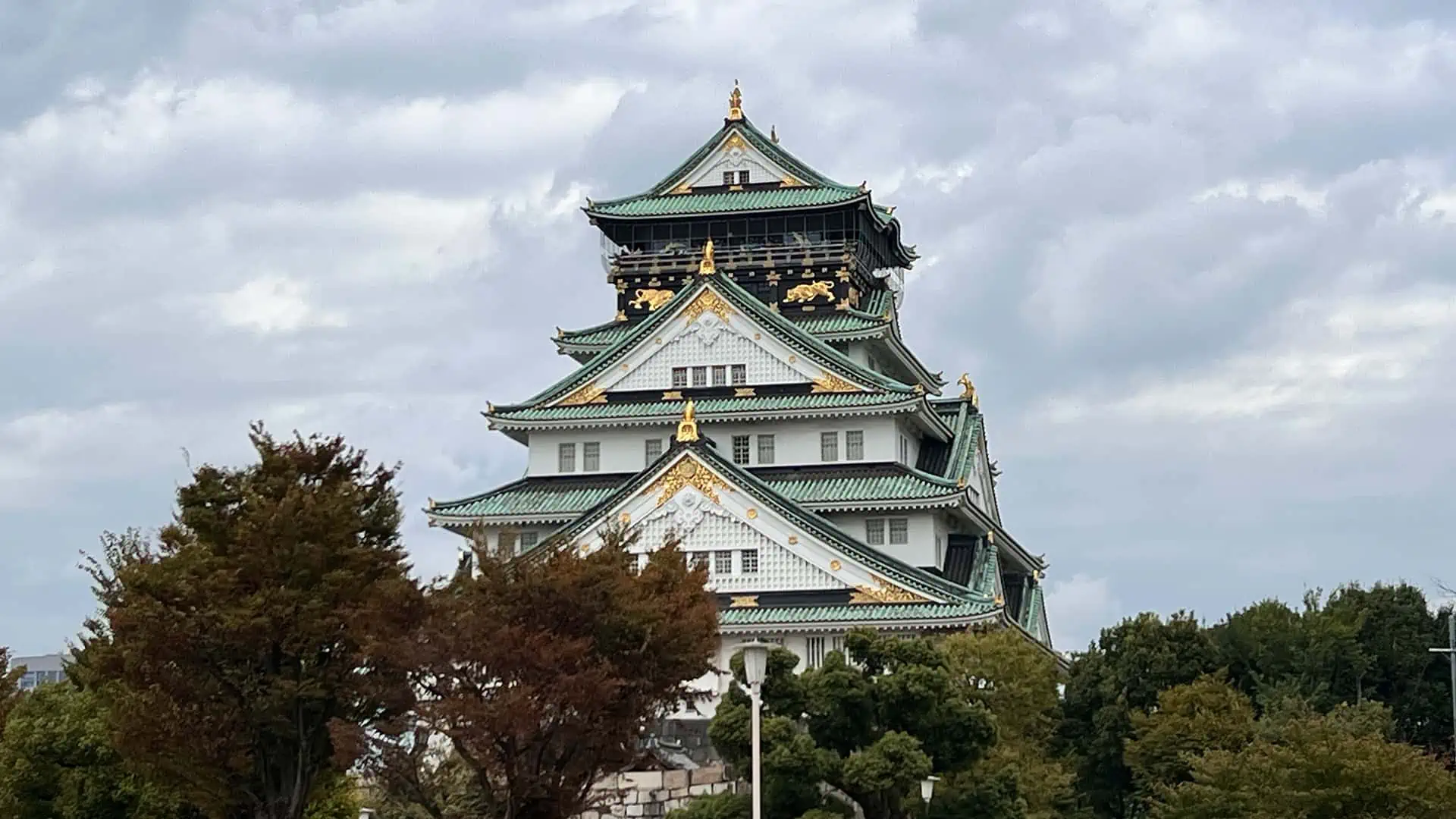
Osaka Castle
Hours: 9:00am to 5:00pm (except December 28 to January 1)
Train Stop: Osaka Loop Line, Morinomiya Station or Osaka-jo-koen (JR Loop) Tozai Line, Osakajokitazume Station
Price: ¥600 yen / 15 years old and younger: Free
Best time to visit: 9:00am to 10:30am or 3:30pm to 5:00pm
Osaka Castle (or Osaka-jo in Japanese) is Osaka’s topmost tourist destination as it boasts of incredible panoramic views and is, on its own, a standout amidst the eastern city skyline. The 8th floor houses the observation deck, where you can see a bird’s eye view of downtown Osaka. Going inside the castle can be skipped as the castle exterior is a beauty unto itself, with its manicured lawn and beautiful gardenscape.
Dotonbori and Shinsaibashi Shopping Arcade
Hours: 10:00am to 10:00pm (except December 28 to January 1)
Train Stop: Shinsaibashi Station (Misoduji Line)
Price: Free
Best time to visit: Late afternoon (March to May)
If you’re wondering where you can find the giant billboard of the Glico Running Man, look no further than the Ebisu Bridge on Dotonbori Canal. After you snap that souvenir selfie photo with the iconic billboard behind you, head on over to Shinsaibashi Shopping Arcade, the premier shopping area for all those looking to shop for good deals. It has been around for close to 400 years, where you will find a mix of everything catering to young & old and selling anything from luxury bags, statement watches, shoes, the latest in fashion to restaurants and bars. Even if you’re worried about your baggage allowance, you can still enjoy window shopping and sampling some of the local eats while strolling along the Shinsaibashi area.
Part 4 – Tokyo
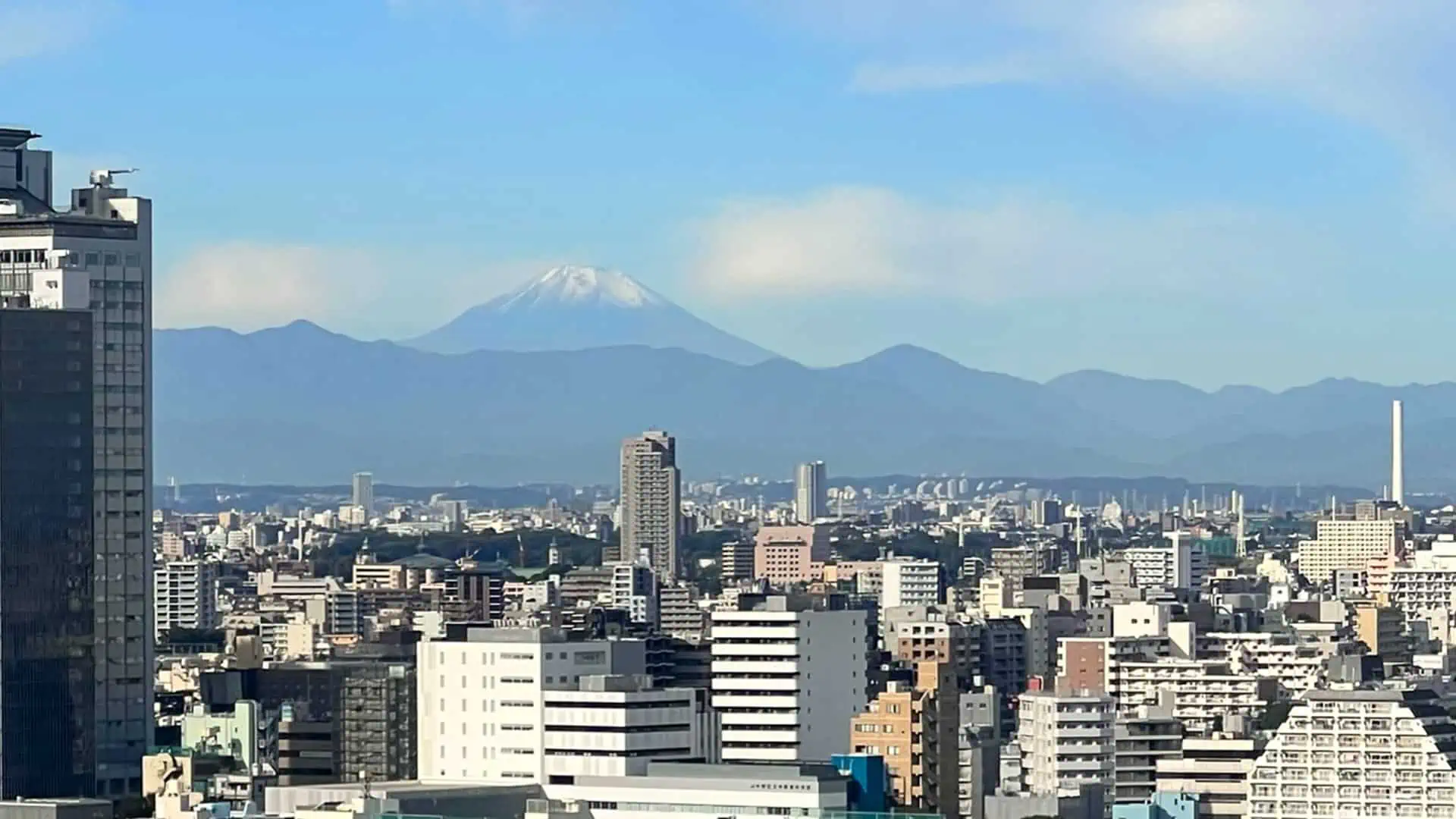
Stay at: Hundred Stay Shinjuku
A mere three-minute walk from the train station, Hundred Stay Shinjuku is a perfect base for Tokyo as it is situated in a not-so-crowded place if you wish to have some peace and quiet during your stay in the city. The rooms are quite spacious and offer amazing views. If you’re lucky enough, you might even get a sighting of Mt. Fuji in all its majesty, just like we did! For your food cravings, you’d be happy to note that there are numerous choices within the area for you to explore as well as convenience stores that are open 24 hours in case you need to buy anything on the fly.
Coffee, Beer, Cocktails, Eats:
Alternative Coffee Works
Hours: 10:00am-6:00pm (closed on Wednesdays)
We’re always on the hunt for good local coffee shops when we travel. We found this one just a few blocks away from our hotel that gave us that neighborhood vibe for a cool hangout. The cappuccino was smooth and well-balanced that made more a perfect companion to sitting outside their shop for some good ol people watching to pass the time.
Rozi Coffee
Hours: 10:00am to 10:00pm
Tucked away in a nondescript alley in Shin-Okubo, we found this hidden gem after scouring our area for coffee shops open in the early morning. It presents itself as a great place to relax and enjoy a quiet cup of coffee. With its modern interiors and chill music, it is also an ideal hangout for friends catching each other up with their goings on. Their coffee is decent and they offer a select number of pastries that are reasonably priced.
Jeremiah
Hours: 6:00pm to 12:00 am (closed Mondays)
Recommended by bartender friends who have visited, we figured this would be a good spot to grab a nightcap or two after dinner. We noticed a crowd of tourists, locals and what looked like other bartenders, which was a good sign for quality drinks! One of their signature cocktails even came with a beautiful piece of origami which we decided to take all the way home with us.
Original Pancake House
Hours: 11:00am to 10:00pm
I’m sure you’ve seen these fluffy pancakes on your Tiktok or Instagram feed. We went on a mission to try them out ourselves to see what the big deal was. The first place we went to had them sold out which made our craving intensify. We ended up finding them inside a mall with the expectation that they would be overrated. Safe to say, our hunt was well worth it. The fluffy pancakes were light and airy as opposed to the typically dense ones your folks made at home. They were not too sweet even with the syrup but just right that it hit the spot for a delicious meal or dessert.
Daikanyama Issai kassai
If you want to have a nice sit-down meal with a touch of the exotic, you will find this Michelin Bib restaurant to your liking. Fair warning because this place will be a bit of a walk as it is in the quiet area of the neighborhood, far removed from the usual noise of city life. Once there, you will be greeted by a cozy, dimly lit affair with limited seating so it is best that you reserve your table ahead of time. Their degustation menu is a true sampling of modern fusion Japanese food that turns such mundane dishes as the potato salad, squid shumai and tempura into spectacular masterpieces that will leave you wanting for more.
Yebisu Bar Stand
One of the major discoveries that some tourists make on the trip to Japan is that it has some of the best-tasting beers in the world and one of those that is frequently mentioned is Yebisu Beer. You would be pleasantly surprised that there is also a Yebisu Beer Museum in Ebisu (that is temporarily closed for renovation but will open by April 2024) where you can try a flight of its famous beers so you can choose from their array of products and pick your favorite to bring back home.
New York Bar at the Park Hyatt
Hours: 5:00pm to 12:00am
Just had to. If you’ve seen Lost in Translation, this bar has been made iconic by the film. The cocktails may be a bit overpriced for what it’s worth but the stunning view of the Tokyo skyline is definitely what you’d be coming for. Try to come right before sunset and you might just find yourself entranced as the building lights turn on to brighten the night sky.
One more thing, don’t miss:
team Lab Planets
I highly recommend buying tickets ahead of time to visit teamLab Planets in Tokyo for an immersive and captivating experience that transcends traditional art boundaries. This innovative digital art museum offers a unique blend of technology, light, and sound, creating mesmerizing interactive installations that transport visitors to otherworldly realms. From walking on water and through a room full of giant bouncing spheres to navigating through hanging vines of flowers, teamLab Planets provides a sensory journey like no other. The seamless integration of cutting-edge technology and artistry makes it a must-see attraction for those seeking a truly immersive and unforgettable cultural encounter in the heart of Tokyo.
ADVERTISEMENT





